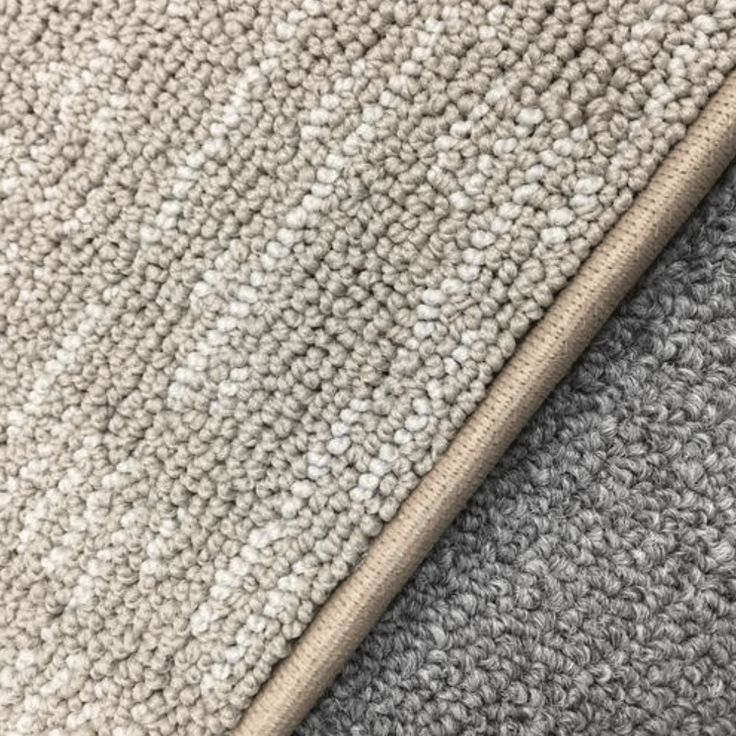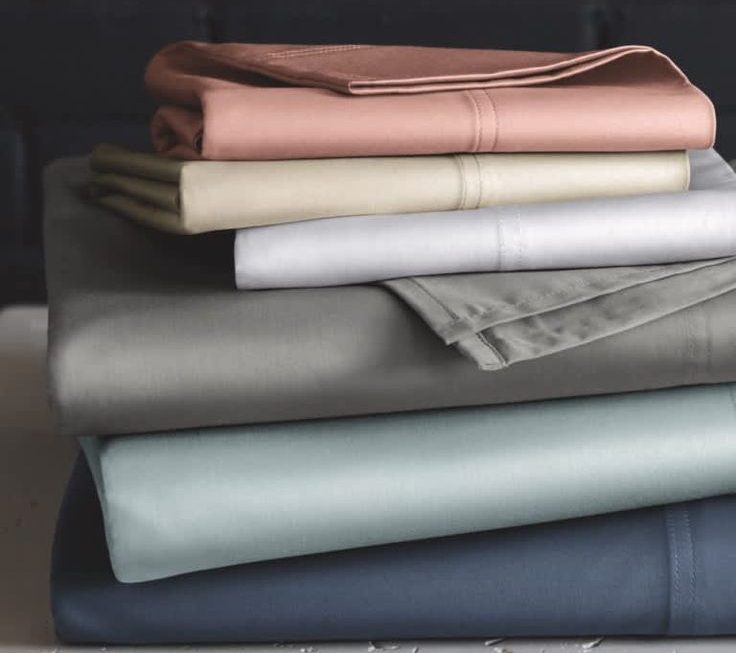Signs It’s Time to Replace Your Carpet
Carpet Color Changes and Fading
How often should you replace carpet? Your once vibrant carpet may now look dull and faded. Years of sunlight exposure can drain the color, signaling it’s time for a new one. If your cream or blue carpet shows noticeable color loss, consider a replacement.

Increased Foot Traffic and Wear Patterns
High-traffic areas like hallways and stairs show wear sooner. Look for flattened, worn patches where frequent steps have taken a toll. These signs indicate it might be time to shop for a fresh carpet. A change in the family dynamic, such as more members or pets, can increase footfall and speed up carpet wear.
Material Durability and Wear
The carpet’s material affects its endurance. Thick wool carpets can last decades. Thinner nylon ones may wear out quicker. If your carpet’s texture feels rough or it looks thin, think about getting a more resilient one.
Outdated Style and Design Preferences
Tastes change, and so do carpet trends. If your old carpet clashes with your current style, it’s probably time to update it. A new carpet that matches modern decor can refresh your space.
Visible Signs of Aging and Damage
Visible damage, like fraying edges and permanent stains, means your carpet is past its prime. If cleaning doesn’t help, and it looks battered or threadbare, get a new carpet to revive your room’s appearance.
Allergy Symptoms and Carpet’s Health Impact
If allergies flare up more than usual, your carpet may be to blame. Old carpets trap and hold allergens over time. New carpeting could improve your home’s air quality and reduce allergy symptoms.
Lifespan of Different Carpet Materials
Understanding the durability of various carpet materials is crucial when considering a replacement.
Wool Carpets’ Longevity
Wool carpets are famed for their ability to endure. Often, they last for 20 years or more. Their natural fibers resist compression and bounce back, keeping their plush look longer. Wool is also stain-resistant, making it more resilient against spills and stains. When maintained properly, a wool carpet could even surpass its usual lifespan. Regular cleaning and prompt attention to spills can greatly extend its years of service.
Synthetic Fibers: Nylon and Polyester’s Durability
Nylon carpets are known for their toughness and ability to withstand heavy foot traffic. Typically, nylon lasts between 10 to 15 years before showing signs of wear. Polyester, while softer underfoot, may have a slightly shorter life expectancy but still offers a solid performance with proper care. It holds its color well and resists fading, making it a good choice for rooms exposed to sunlight. Both materials are more budget-friendly than wool, yet still offer considerable durability and style options for modern households.
Knowing the average lifespan of your carpet materials can guide you in scheduling replacements and maintaining your home’s comfort and appearance.
Factors Influencing Carpet Longevity
Room Usage and Footfall
The usage of a room greatly impacts carpet longevity. High traffic areas, such as hallways and living rooms, typically require more frequent replacement due to increased footfall. In contrast, carpets in bedrooms or studies may last longer due to less frequent traffic. It’s vital to assess the primary use of each room when calculating your carpet’s potential lifespan.
Quality and Fiber of the Carpet
The longevity of your carpet also heavily relies on the quality and type of fiber used. High-quality materials like wool can significantly extend the lifespan of a carpet, offering durability of up to 25 years with proper care. On the other hand, synthetic fibers like nylon are known for resistance to wear and tear but generally have a shorter lifespan of around 10 to 15 years. Considering the fiber quality and type can help in making an informed choice suited to your home’s needs.
Carpet Maintenance and Cleaning Habits
How often should you replace carpet? Good maintenance can prolong the life of your carpet. Regular vacuuming, prompt stain removal, and professional cleaning can preserve your carpet’s quality and appearance. Implementing a no-shoes policy and using doormats can also minimize dirt and grit, which wear down carpet fibers. Consistent care not only keeps your carpet looking good but also extends its usable life, saving you money and effort in the long run.
Selecting the Right Carpet for Your Home
How often should you replace carpet? Choosing the right carpet for your home is crucial. It can shape a room’s atmosphere and withstand the daily wear it will face. When picking a carpet, think about color, pattern, and how your lifestyle will affect it.
Neutral Colors for Timeless Appeal
Neutral colors in carpets offer flexibility and longevity. Classic shades like beige or gray can handle decor changes and hide stains well. They blend easily with different styles, making them a wise pick for most spaces.

Patterns and Trends to Avoid Long-term
While trendy patterns can be exciting, they might not last. Bold designs often fall out of style, leaving your space looking dated. Opt for timeless designs that keep your home looking fresh for years.
The Impact of Lifestyle on Carpet Choices
Your carpet choice should match your lifestyle. If you have kids or pets, choose durable, easy-to-clean options. High-traffic areas need resilient carpets that resist wear and tear. Consider your daily life when selecting a carpet to ensure it lasts as long as possible.
Prolonging Your Carpet’s Life
Maintaining your carpet extends its life and keeps it looking new.
Regular Cleaning and Maintenance Tips
Vacuum your carpet weekly to remove dirt and maintain its appearance. Clean spills immediately to avoid stains. Professional cleaning every year or two preserves your carpet’s quality.
Snag and Damage Prevention
Watch for snags in your carpet. Gently clip snags with scissors. Fix damaged thresholds and baseboards to prevent further carpet wear.
Preventing and Removing Stains
Use doormats to reduce dirt on carpets. Enforce a no-shoes policy at home. Treat stains promptly with appropriate cleaners. Consider carpet protectors in high-use areas to shield against spills and stains.
Professional Advice on Carpet Replacement
When deciding on carpet replacement, expert insights are invaluable. Industry professionals bring a wealth of experience that can guide homeowners in making informed decisions about their carpets. Knowledge from those who understand the materials, durability, and maintenance needs can prove crucial. Below, we delve into key advice from these experts and explore when one might need to consult with them directly.
Insights from Industry Experts
Experts agree that a carpet’s life varies widely. Factors such as material, foot traffic, and care play major roles. Chris Kehl from High Country Flooring notes that carpets usually last 5 to 15 years. Yet, this depends much on maintenance and usage. Artem Kropovinsky from Arsight suggests that carpets older than 10 years often need replacing, especially if they appear worn or uncomfortable.
Another tip comes from Lorna Haigh of Alternative Flooring. She emphasizes the role of footfall in a carpet’s life. High-traffic areas like hallways might need quicker replacement. Choosing the right carpet fibers is essential too. High-quality wool carpets can last decades, while nylon might only last up to 15 years. Julian Downes from Fibre Flooring mentions visual wear and tear as a clear indicator for replacement. Stains and odors that persist also signal it’s time for a new carpet.

When to Consult a Professional for Carpet Replacement
It’s smart to speak with professionals when:
- Choosing a carpet – They can advise on the best materials for your home’s needs.
- Noticing significant wear – Experts can assess whether it’s time to replace or if professional cleaning could extend the carpet’s life.
- Experiencing increased allergies – Professionals can recommend hypoallergenic options for better air quality.
- Planning for longevity – They can offer maintenance tips to prolong your carpet’s life.
In conclusion, How often should you replace carpet depends on various elements. Guidance from industry experts can help you decide when to invest in a new carpet and how to care for it to extend its life, ensuring your home remains comfortable and stylish.



